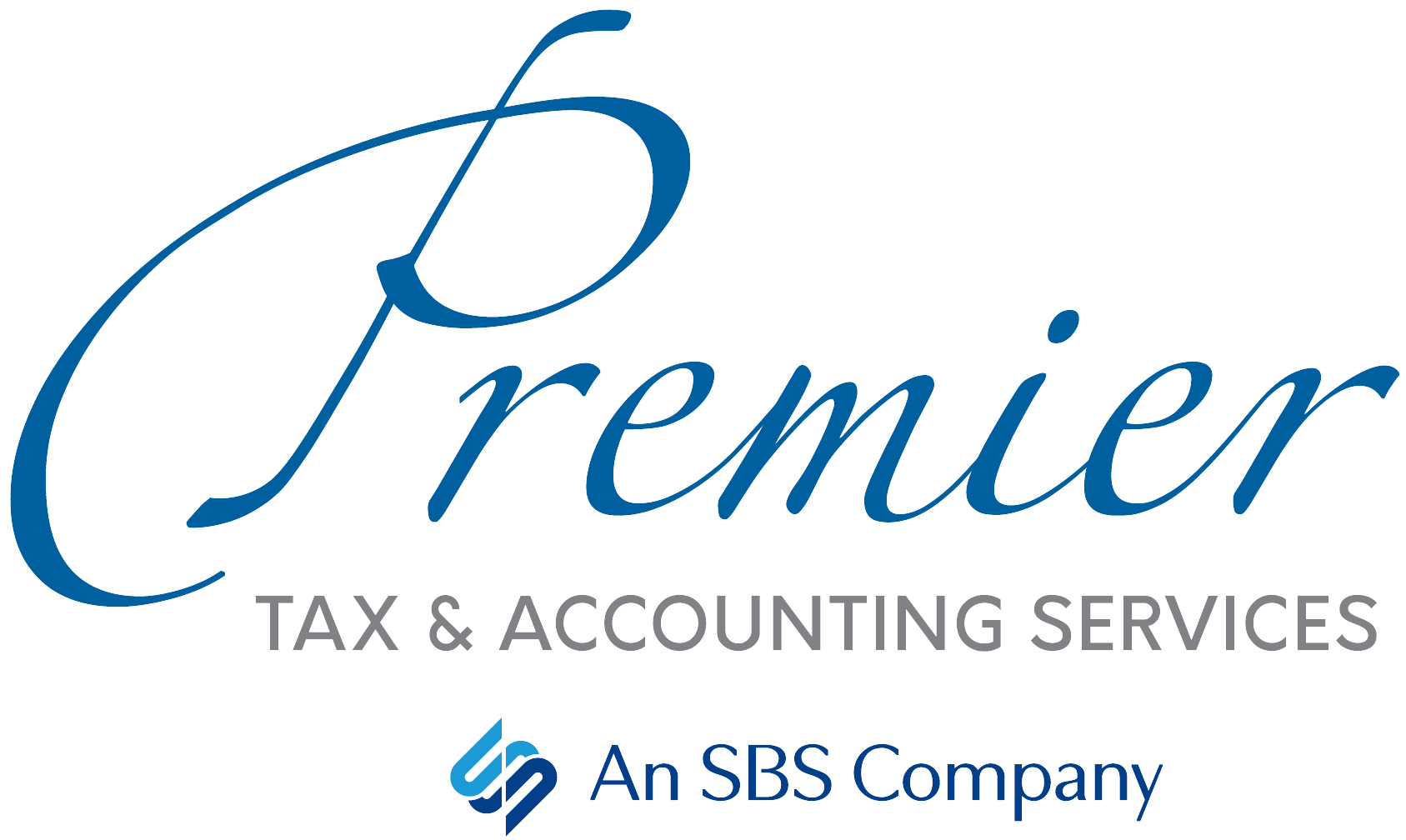2nd PPP loan available — Businesses that got a PPP loan the first time can apply for a second loan, as long as they’re not a public company, don’t employ more than 300 people, have used or will fully use their first PPP loan for authorized uses, and can show at least a 25% drop in gross receipts in the first, second or third quarters of 2020 compared to the same quarters in 2019.
Targeted funds for vulnerable businesses — $15 billion-$25 billion is earmarked for community development financial institutions that typically lend to minority-owned businesses in underserved communities, and for businesses with fewer than 10 employees, as well as those in low-income areas.
Restaurants get more — Restaurants and lodging businesses can apply for loans equal to 3.5 times their monthly payrolls. Other eligible businesses are limited to 2.5 times their average monthly payroll expenses. All PPP loans are capped at $2 million (down from $10 million previously).
Greater use flexibility — To be fully forgiven, at least 60% of the loan funds must be used for payroll expenses. The remaining 40% may be used to cover a now-broader array of business expenses (beyond mortgage interest, rent and utility payments), including personal protective equipment and other COVID needs, certain operations, property damage and supplier costs.
Simpler forgiveness process — Businesses that borrow $150,000 or less will simply need to submit a one-page certification, which includes the number of employees the business retained as a result of the loan and an estimate of how much of the loan was spent on payroll.
Better tax breaks — PPP loans will continue to be tax-free for recipients if used for authorized purposes. But thanks to the new law, payroll and operating expenses will still be deductible.
For more help determining your PPP loan amount and specifics, give us a call today.
Don’t Miss Out on the COVID Tax Credit for Employers
The Taxpayer Certainty and Disaster Tax Relief Act of 2020 (enacted Dec. 27, 2020), made a number of changes to Employee Retention Credits (ERC) previously available under the CARES Act. The new law makes it easier for businesses that choose to keep their employees on the payroll despite COVID-19 challenges.
Benefits/updates include:
- The ERC has been modified and extended through June 30, 2021.
- Eligible employers can claim a refundable tax credit against the employer share of Social Security tax equal to 70% of the qualified wages they pay to employees from January 1-June 30, 2021. Qualified wages are limited to $10,000 per employee per calendar quarter in 2021 (thus maximum ERC is $7,000 per employee per quarter, total of $14,000 in 2021).
- Employers can access the ERC for the 1st and 2nd quarters of 2021 prior to filing their employment tax returns by reducing employment tax deposits. This must be reported on Form 941.
- Small employers may request advance payment of the credit on Form 7200, Advance of Employer Credits Due to Covid-19. Keep in mind that Form 7200 is used to request the advance payment of employer credit, not claim it.
- Employers are eligible if they operate a trade or business January 1-June 30, 2021, and experience either:
– A full or partial suspension of their trade or business due to governmental orders limiting commerce, travel or group meetings due to COVID-19, or
– A decline in gross receipts in a quarter in 2021 that are less than 80% of the gross receipts in the same quarter in 2019 (or 50% less in the same 2020 quarter).
- Paycheck Protection Program (PPP) loan recipients can claim the ERC for qualified wages that are not treated as payroll costs in obtaining forgiveness of the PPP loan.
If you need help determining your business’s eligibility for Employee Retention Credits or filing Form 941, please give us a call. We’re here to help!
Download Our Tax Preparation Checklist
We put together two checklists to help you pull together your 2020 tax files. If you haven’t yet, you can download them here:
If you prefer, we can email them to you (just call or email Amber at amber@premiercpaservices.com to request your copy).
Key Filing Dates!
TODAY! Feb. 1: W-2s and 1099s due to recipients
Feb. 12: IRS begins accepting and processing 2020 tax returns
Feb. 22: Projected date for “Where’s My Refund” tool to open
Apr. 15: Tax filing deadline
Oct. 15: Tax extension filing deadline
Money Brief: Tax Filing Season Begins Feb. 12
The IRS will begin accepting and processing 2020 tax year returns no sooner than February 12, 2021. The February 12 start date allows the IRS time for programming and testing following the recent tax law changes. The IRS urges taxpayers to file electronically with direct deposit to speed processing and refunds — nine out of 10 taxpayers should receive their refund within 21 days of when they file electronically with direct deposit (assuming no issues).
We’re now accepting tax returns. If you’ve pulled together all your files, you can drop them off at our office either in person or in the dropbox outside.



